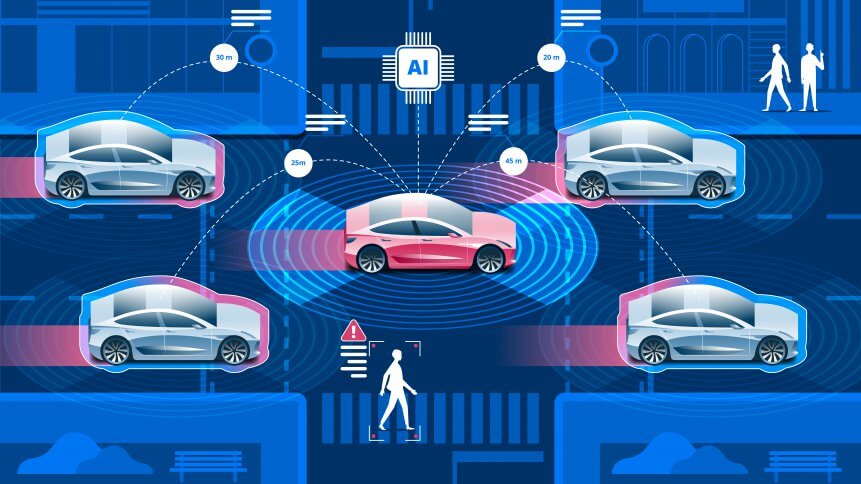How the IoT data flood can be managed by AI

We are seeing the Internet of Things (IoT) deployed across a wide range of domains, be it retail, healthcare, transportation, construction— as well as in future use cases such as autonomous vehicles. The sensor-based technology is unearthing new and valuable data, helping to provide real-time streams of insight for product development, maintenance, and improvement.
There are presently seven billion IoT devices worldwide while global spend on IoT is predicted by IDC to surge from US$726 billion in 2019 to US1.1 trillion in 2023. It’s no surprise then that experts are estimating a total of 40 billion IoT devices by 2025, with many raising concerns of IoT connected systems vulnerable to cyberattacks.
However, the emergence of IoT devices comes with a massive influx of data, and those tasked with analyzing it to derive operational insights are struggling to optimize their analysis of this wealth of information.
But, while many organizations are struggling to develop an IoT network and operating process that leads to a return, other companies are exploring how AI fits into the picture.
“We’re seeing that organizations working with IoT data realize that if they want to get the real value out of it, they need AI and analytics,” said Oliver Schabenberger, COO and CTO of SAS.
AIoT leverage data insights
For many organizations, the first step is to implement IoT devices and gather data to gain visibility in operation. Next, data scientists analyze the gathered insights and translate them into actionable decisions.
Usually, organizations find the vast amount of data challenging to analyze and often seek to break it down or automate the mundane decision making while more complex tasks are left for the later stage.
However, the linear strategy presents a set of obstacles in the never-ending stream of data produced by IoT, which can be a hindrance to efficiency.
In this case, AIoT (Artificial Intelligence of Things) is not only providing visibility from edge to cloud but is also adding intelligence to data management. In essence, AIoT is responsible for helping companies and data scientists make sense of big data generated through IoT endpoints.
The added intelligence in connected devices creates opportunities to improve a system’s efficiency, productivity, and reliability. Statistics showed 90 percent of organizations using AI for IoT operations are experiencing a greater and faster impact than expected.
After establishing the initial stages of gaining visibility, companies can experience better progress in real-time monitoring visibility and condition-based monitoring, which allows them to advance to mathematical optimization in decision making.
As an example, organizations with AI in IoT operations saw an increase of 53 percent in speed while a lack of AI in IoT initiatives only experience a 32 percent increase. Besides increasing operational efficiency, companies are using AIoT to accelerate top-line growth and enhance customer engagement.
YOU MIGHT LIKE

AI strategy not technology crucial for business impact
Melvin Greer, Chief Data Scientist at Intel Americas explained AI and IoT work hand in hand in achieving organizational goals; “AI closes the loop in an IoT environment where IoT devices gather or create data, and AI helps automate important choices and actions based on that data.”
Considerations for AIoT devices
Before companies can experience the impact of AIoT, several considerations are highlighted to ensure operationalization is running at the right course. For example, having a team of data talent to manage the devices is crucial, but also the way data is transferred and the design of AI analytics.
Data scientists understand that their data needs to be tidied up and cleansed, but appropriate resources are required to ensure the devices are trained accordingly. Most importantly, like any other project, aligning it with clear business objectives and laying out strategies are highly likely to drive success.
When board members of the C-suite monitor and stand behind AIoT projects, IT leaders are able to work together with board members to devise plans to fulfill short term goals and long term objectives, securing revenue growth and also further technology and business initiatives.
After all, AI initiatives often lose momentum and direction when their alignment with organizational goals are no longer parallel. Therefore, the active role of board members in AI initiatives can bring forward the impact of technology.









